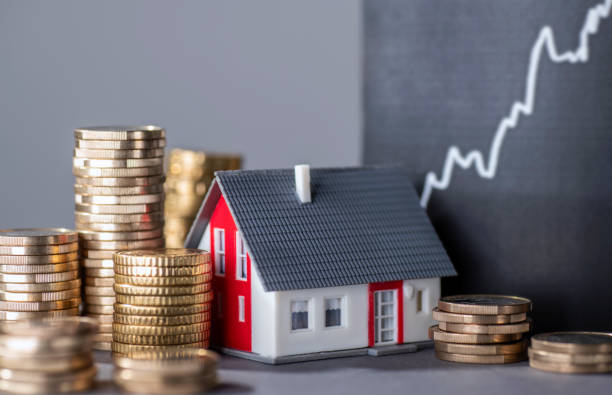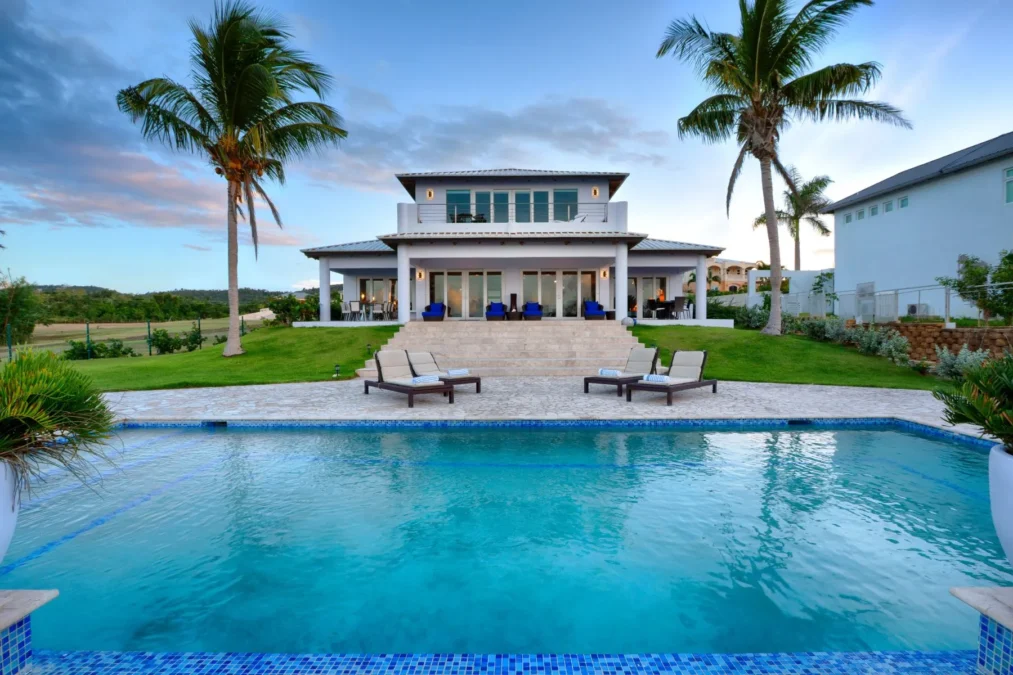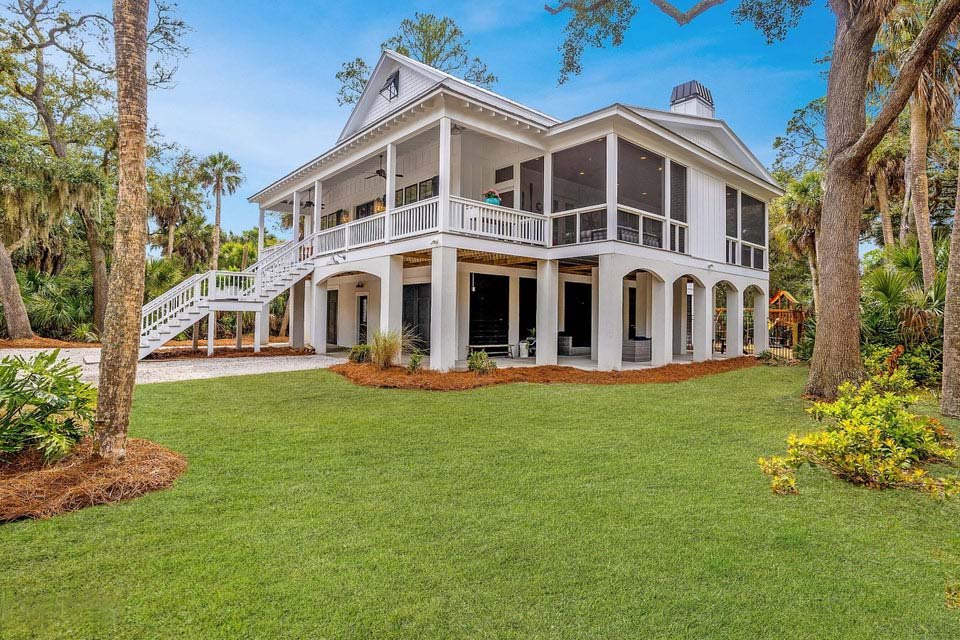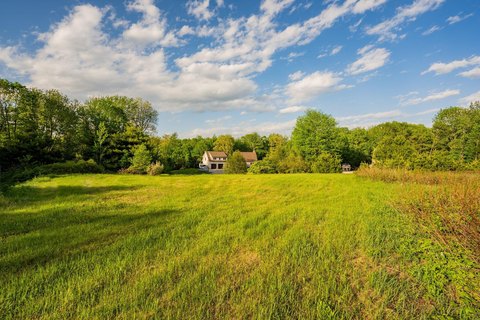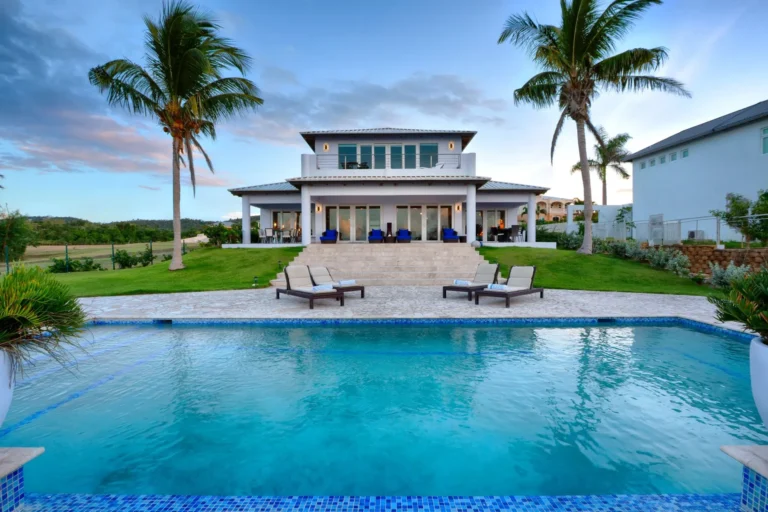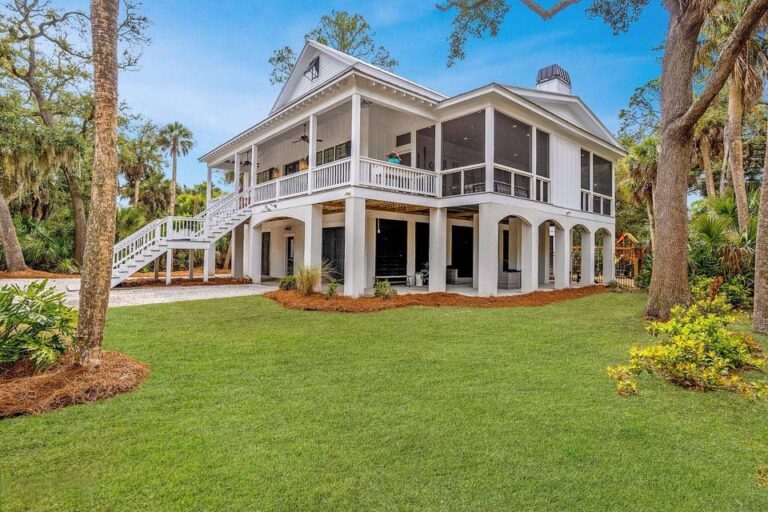In 2015, Maria, a 35-year-old marketing executive, was frustrated with her stagnant savings and uncertain retirement plans. Like many people, she had contributed to her 401(k) and a few mutual funds, but it didn’t feel like enough. One day, after a casual conversation about real estate investments with a coworker, she began researching the topic more seriously. A few months later, Maria found a promising investment property for sale in an up-and-coming neighborhood in Dallas, Texas—a two-unit duplex with tenants already in place. Though it was a significant leap outside her comfort zone, she made the purchase. Fast forward seven years and that property provides her with a consistent stream of passive income and has also appreciated substantially in value, offering her the financial security she once thought unattainable.
Maria’s story is familiar to many first-time real estate investors. It illustrates the potential rewards of investment properties, especially when combined with careful research, innovative financing, and a little foresight. But before taking the plunge into buying an investment property, it’s essential to understand the market dynamics, types of properties available, and long-term strategies that can ensure financial success. This article delves into the critical aspects of purchasing investment property for sale market trends, and essential factors.
The Growth of the Investment Property Market
The real estate market, particularly for investment properties, has seen a resurgence in interest over the past decade. According to a 2023 report by Statista, the value of residential investment properties in the U.S. was estimated at $31.8 trillion, representing a significant portion of the nation’s wealth. Furthermore, research from Zillow indicates that over 20% of all real estate purchases in 2022 were made by investors, underscoring the increasing popularity of property investment as a means to generate wealth.
The COVID-19 pandemic initially brought uncertainty to the housing market. Still, it also sparked a boom in suburban and rural real estate as people sought more space for remote work and lifestyle changes. As a result, the demand for rental properties surged in many areas, driving up both rent prices and property values. Realtor.com reported a 10.6% increase in rents nationwide in 2022, with some cities experiencing even steeper hikes, particularly in markets like Austin, Tampa, and Phoenix.
This trend has created an environment ripe for investors. Whether purchasing single-family homes, multi-family buildings, or vacation rentals, many investors are capitalizing on rising rent prices and appreciating home values to grow their portfolios.
Types of Investment Properties
Investing in real estate is not a one-size-fits-all venture. Depending on your financial goals, risk tolerance, and the amount of time you’re willing to invest in managing the property, there are different types of investment properties to consider:
- Single-Family Homes
Single-family homes are often the entry point for new investors, as they are generally easier to manage and maintain than multi-family or commercial properties. According to Zillow, the demand for single-family rentals surged by 13% in 2022 as families and remote workers sought more space and privacy than apartment living.
The main advantage of investing in single-family homes is their relatively low entry barrier and the large pool of potential tenants. However, rental income from a single-family home is limited to one unit, so if the property is vacant, there needs to be a backup source of revenue. This type of investment can also benefit from significant appreciation over time, especially in growing suburban or urban markets.
- Multi-Family Properties
Multi-family properties, including anything from duplexes and triplexes to larger apartment complexes, offer higher rental income potential since multiple units generate cash flow simultaneously. According to RealPage, a real estate analytics firm, multi-family properties saw a 6.1% increase in net operating income in 2022, making them an attractive option for investors seeking steady cash flow.
The advantage of multi-family properties is that even if one unit is vacant, the others continue to generate income. Additionally, economies of scale make property management and maintenance more cost-effective across multiple units. However, multi-family properties typically come with higher upfront costs, and managing them can be more complex, especially as the number of tenants grows.
- Vacation Rentals
With the rise of platforms like Airbnb and Vrbo, vacation rentals have become a lucrative option for investors in tourist destinations. The demand for short-term rentals spiked during the pandemic, and this trend has continued as travelers seek alternative lodging options that offer more privacy than hotels.
A 2023 report by AirDNA, which tracks the short-term rental market, indicated that short-term rental demand grew by 18% year-over-year, and the average revenue per available rental night increased by 12%. For investors, vacation rentals can offer higher returns than long-term rentals, particularly in popular tourist locations. However, they also come with higher operating costs, seasonal fluctuations in occupancy rates, and the need for active management, mainly if the property is far from the investor’s primary residence.
- Commercial Properties
Commercial real estate encompasses office buildings, retail spaces, warehouses, and industrial properties. These properties typically generate long-term leases with businesses, providing consistent and stable income. According to CBRE, the commercial real estate market rebounded in 2023, with industrial and warehouse properties experiencing the most growth, driven by the e-commerce boom and supply chain reconfigurations.
The upside to commercial properties is that tenants often sign long-term leases, minimizing vacancy risk. Additionally, businesses are responsible for many operational costs, such as property maintenance, utilities, and repairs, through “triple-net leases.” However, commercial properties require more significant initial investments and are more susceptible to economic downturns, leading to more extended vacancies in times of recession.
Key Considerations When Buying an Investment Property
While investment properties offer the potential for significant financial rewards, it’s essential to approach the process with a clear understanding of the factors that can impact both short-term and long-term success.
- Location
The old real estate adage “location, location, location” holds especially true for investment properties. The property’s location determines everything from rental demand and tenant quality to appreciation potential and rent prices. According to Zillow, the hottest real estate markets in 2023 include cities like Austin, Nashville, and Raleigh, where job growth and population inflows drive demand for residential and commercial properties.
Investors should look for areas with strong job markets, good schools, and proximity to shopping centers, parks, and transportation hubs. Emerging neighborhoods, where prices are still relatively low but growth is expected, can also offer significant upside for investors willing to take a calculated risk.
- Financing Options
Securing financing for an investment property is different from purchasing a primary residence. Most lenders require higher down payments—often 20% to 25%—and interest rates for investment property loans also tend to be higher. This is because investment properties are considered higher risk, given their reliance on rental income to cover mortgage payments.
However, savvy investors can explore various financing options, including conventional loans, private money lenders, and even partnerships. For multi-family or commercial properties, some investors use FHA or VA loans if they intend to live in one of the units while renting out the others—a strategy known as “house hacking.”
- Cash Flow and ROI
Cash flow refers to the income generated by a rental property after deducting expenses such as mortgage payments, taxes, insurance, and maintenance. Before purchasing an investment property, it’s essential to calculate the expected cash flow and ensure that it meets your financial goals. Properties in high-demand rental markets tend to offer better cash flow potential, while properties in more expensive areas may rely on appreciation for long-term returns.
Return on investment (ROI) is another crucial metric. To calculate ROI, divide the annual rental income by the total investment, including the down payment, closing costs, and any initial repairs or renovations. According to a BiggerPockets survey, most real estate investors aim for an ROI of at least 8-12%, depending on the investor’s risk tolerance and market conditions.
Market Trends Shaping Investment Property Purchases
Several key trends are shaping the future of investment properties, and savvy investors should stay informed to make educated decisions:
- Urban to Suburban Shift: The pandemic accelerated migration from dense urban centers to suburban and rural areas, driving up demand for properties in these regions. According to Redfin, suburban home values increased by 14% between 2020 and 2023, compared to 9% in urban areas.
- Remote Work Impact: With more companies adopting flexible work policies, employees are no longer tethered to expensive metropolitan areas. Investors are increasingly looking at secondary cities and small towns, where property prices are lower, but demand for rentals remains strong.
- Sustainability and Green Building: Environmentally conscious developments are becoming more appealing to tenants and buyers alike. Properties with eco-friendly features such as solar panels, energy-efficient appliances, and sustainable building materials are in higher demand, especially among millennial and Gen Z renters, according to Deloitte’s 2023 Millennial Survey.
Conclusion:
Unlocking the Potential of Investment Properties
Maria’s story of purchasing her first investment property for sale shows how real estate can offer immediate cash flow and long-term financial stability. From single-family homes to multi-family buildings and vacation rentals, investment properties provide diverse opportunities for generating income and building wealth.
However, success in real estate investing requires more than just a financial commitment—it involves strategic planning, market research, and a willingness to navigate the complexities of property management. By carefully selecting the correct property type, location, and financing, investors can create portfolios that generate consistent returns and appreciate value over time. As the real estate market evolves, investment properties remain one of the most reliable paths to financial growth.





